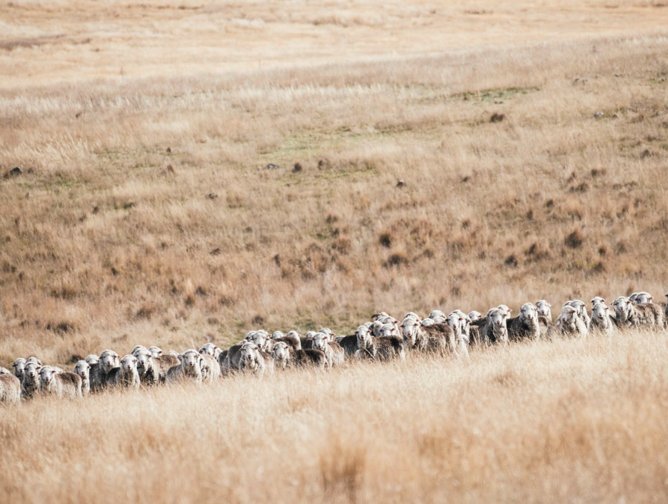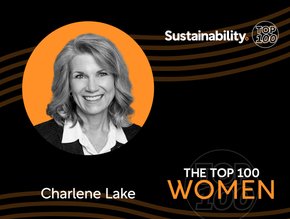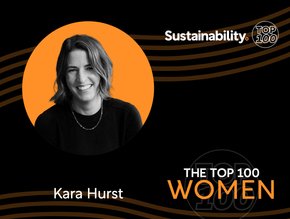Collaboration critical for impact reduction

It’s no secret that the fashion industry is one that has –for a long time –gone ungoverned. Self-regulation is rife, meaning voluntary, self-reported claims have become the status quo. Yet as a greenwashing crackdown gains momentum across the global fashion industry-spearheaded by consumer authority agencies -and a raft of new regulatory proposals emerge across the USA and the European Union to address misleading environmental claims, there is hope that greenwashing may soon become an outdated trend.
We know that policy-and science -often move at a snail’s pace. Brands and businesses are urged to be proactive, get their ducks in a row and brace themselves for the great greenwashing crackdown. Cross-industry collaboration can play a vital role in combatting greenwashing by stopping the spread of misinformation and improving data literacy within the industry. Wrong data is indeed worse than no data: if a claim can not be substantiated by robust, credible science, then the claim should not be made.

"This is perhaps the single, most important reason why we, for a long time, have been committed to investing in sound, evidence-based solutions to future-proof our industry,” explains The Woolmark Company Managing Director John Roberts. “We continue to collaborate and push the sustainability agenda at pace, in an extremely complex industry, offering a regenerative solution to some of the challenges created by fast fashion.”
Australia’s tens of thousands of woolgrowers invest in research to gather knowledge and develop tools that allow them to continually improve their management practices. They implement innovative and sustainable farming practices every day, to secure their industry’s future.
“The land they farm on is their greatest asset and woolgrowers want to use this knowledge to leave it for their grandchildren in better condition than they received it,” explains Roberts. “Continually adopting more sustainable practices helps woolgrowers achieve key Sustainable Development Goals regarding their animals, natural resources, businesses and communities.”
In 2020, the world’s first textile fiber cradle to grave Lifecycle Assessment (LCA) was published in a peer-reviewed journal.
Commissioned by The Woolmark Company’s parent R&D body, the LCA highlighted the challenges and opportunities the wool industry is facing to improve its environmental footprint. On-farm greenhouse gas (GHG) emissions were identified as wool’s major challenge, with evidence-based methane mitigating strategies representing the best approach to significantly reduce wool’s GHG impact.
“We are proactively investing in research into reducing and offsetting methane on the farm to arm woolgrowers with the best tools and resources to reduce emissions. Our research has identified methane-mitigating feed supplements for grazing sheep as having significant potential to reduce the carbon footprint of wool. It is a priority area for investment.
“We are also investing in research to provide woolgrowers with tools and resources to enhance natural capital and sequester carbon in the soil and vegetation of their wool-growing property. Many Australian woolgrowers work hard to ensure they leave the land in a better condition for future generations, implementing holistic management practices to increase biodiversity. But to truly reduce impact, we need a united approach, and that’s why collaboration is so important. We want to work together to become part of the solution.”

With challenges, come opportunities. What the wool industry’s LCA study found was that the garment use phase was identified as the major opportunity for wool, and it’s this phase which can largely influence the sustainability of a garment. This indicates citizens have the largest power to influence the sustainability of their wool garments by maximizing the active garment lifespan and therefore reducing overall impacts.
Australia’s wool industry is rich and complex and well suited to the transition to the circular economy that’s being sought by governments across the world. Circular by nature, Merino wool has a long active lifespan, can be reused, repaired and recycled before its eventual biodegradation into the earth, releasing valuable nutrients back into the soil as it decomposes. The wool industry is working together to lay the foundation of being part of a global solution.
“It’s a complex industry, rich in tradition and history, but one which embraces exciting technological innovations. We need cross-industry collaboration, and we need brands to understand the complexity of wool-growing, ask the right questions and be prepared to pay a premium so that the end-to-end supply chain can truly unite for a better tomorrow.”
Interested in learning more? The Sustainability and Wool course is now freely available via The Woolmark Learning Centre to explore interactive content on wool’s sustainable relationship to people, planet and prosperity.






